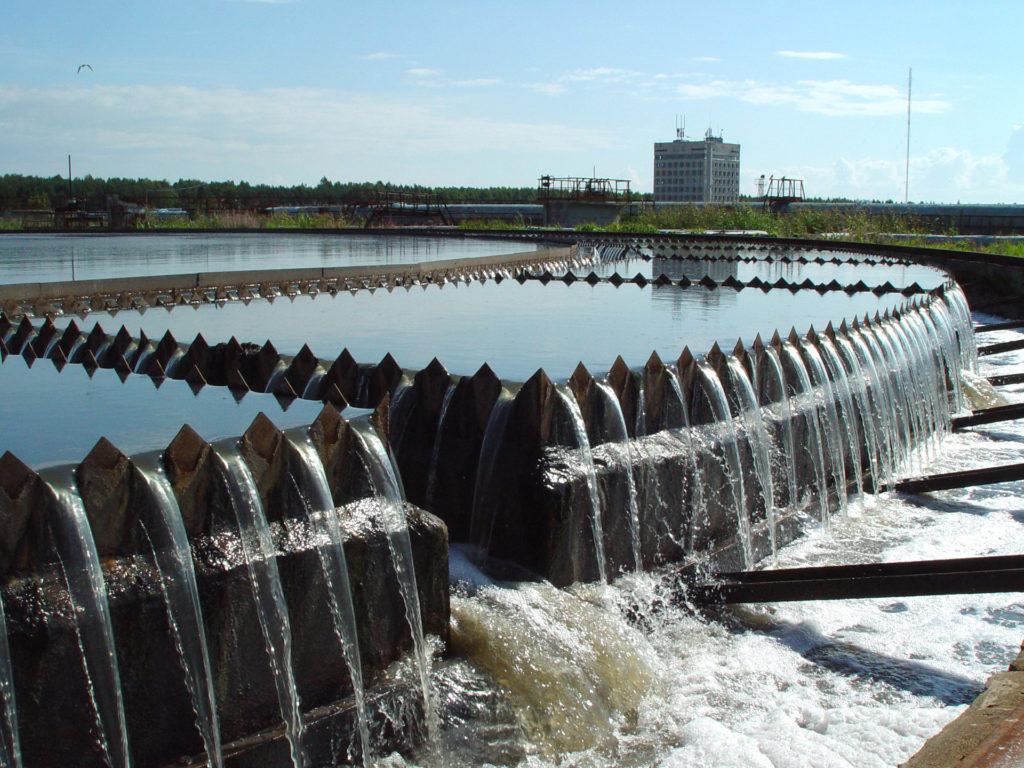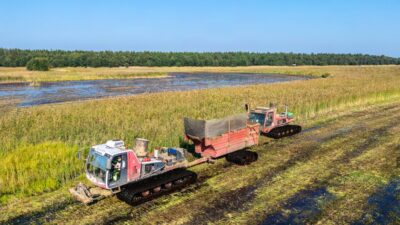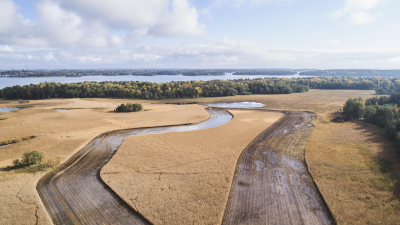Wastewater Treatment Plant of St. Petersburg
In 2005-2011, a joint project of the Foundation and the water utility of St. Petersburg launched improved phosphorus removal at the three largest treatment plants of St. Petersburg. Once the project was completed, the Gulf of Finland’s annual load of phosphorus utilizable to algae was reduced by roughly 30%.

Phosphorus removal at the larger St. Petersburg plants began through the Foundation’s co-operation with the St. Petersburg water utility: in 2005, a letter of intent was signed on the improvement of phosphorus removal efficiency at the three largest ‒ i.e. central, southwestern and northern ‒ water treatment plants of St. Petersburg. The Foundation’s role in the projects included the technical planning of investments, the co-ordination of Finnish and Russian design work, purchasing management, and the procurement and delivery of equipment at the plants. The St. Petersburg water utility was in charge of local planning, required permits, construction work, and equipment installation.
The Finnish Ministry of the Environment also participated in the financing of the projects at the central and southwestern wastewater treatment plants. The project at the northern wastewater treatment plant was partially financed by the Swedish International Development Co-operation Agency, SIDA. The estimated total cost of the St. Petersburg main plant projects borne by the Foundation amounted to €2.5 million.
Improving the efficiency of phosphorus removal at St. Petersburg’s central wastewater treatment plant was completed in 2009, and in 2010, phosphorus removal implementation began at the southwestern and northern plants. The last required pieces of equipment were delivered to the southwestern plant in May 2010, after which they were installed by the St. Petersburg water utility. Work at the northern treatment plant was finalized in the summer of 2011.


